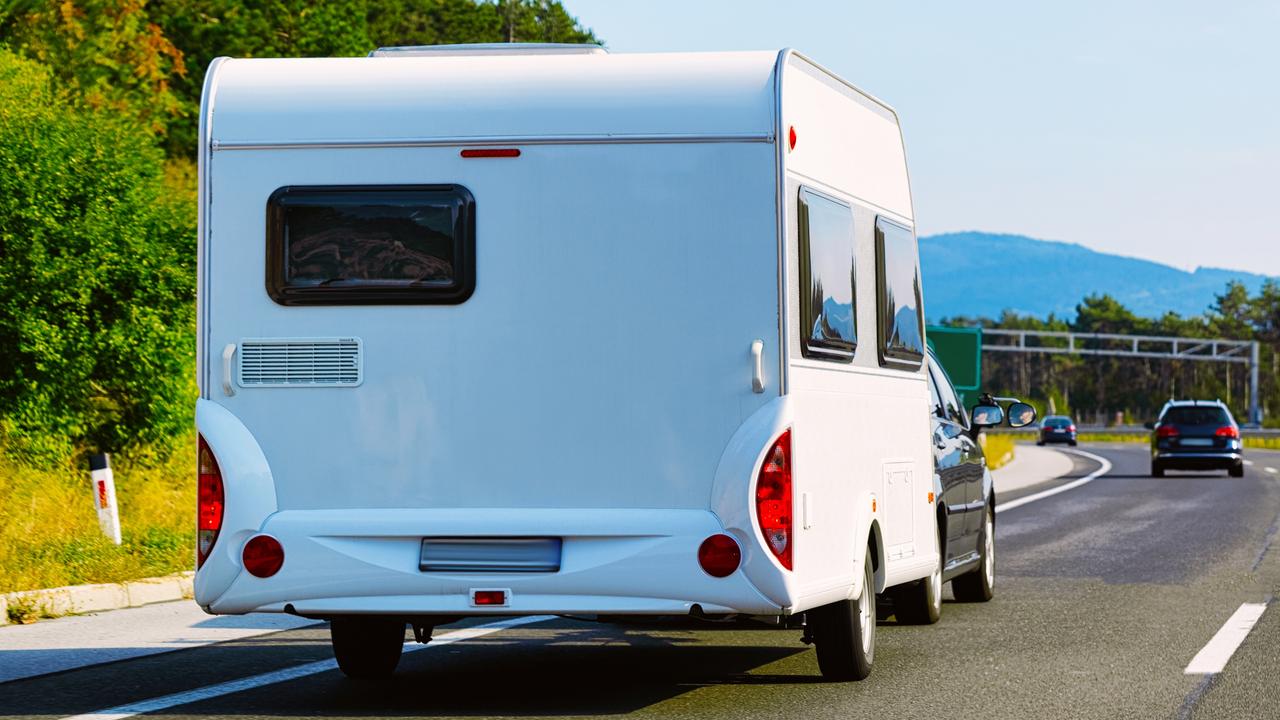Breast cancer risk on the rise
The National Breast Cancer Foundation has released shocking statistics showing the number of Aussie women being diagnosed with breast cancer has dramatically increased.

QLD News
Don't miss out on the headlines from QLD News. Followed categories will be added to My News.
THE number of Australian women being diagnosed with breast cancer has dramatically increased to one in seven as shocking new statistics reveal eight women die each day from the deadly disease.
The National Breast Cancer Foundation has revealed the number of Australian woman getting breast cancer has increased from one in eight in just one year.
It means 30,000 women would die from breast cancer by 2030, with more than 76,000 Australians losing a direct family member, including their mother, sister or daughter.
National Breast Cancer Foundation director of research investment Chris Pettigrew said the risk of women developing breast cancer had steadily risen for 20 years.

“What’s most concerning is that the total number of new breast cancer diagnoses each year are not keeping pace with survival rates,” he said. “More people still end up dying from breast cancer each year and we need more research to prevent breast cancer from happening and treat it when it does to save lives.”
Mr Pettigrew said an ageing population, health and lifestyle factors and better detection had contributed to the shocking increase in diagnoses.
“There’s a lot that we don’t know and that’s where research comes in to help us identify why these rates have gone up,” he said.
Foundation chief executive Sarah Hosking said that continued investment in lifesaving
research was the only way to arrest the rising rates.
“This year alone nearly 20,000 Australians, both men and women, will come face-to-face with the disease and unfortunately more than 3000 will lose their life,” Ms Hosking said.
Australia will lose more than $1.868 billion in wages due to the deadly disease this year.
Holland Park mum-of-two Natalie Guardala, 39, was diagnosed with breast cancer in September 2010 after going for a routine mammogram six months after her mum had been diagnosed with breast cancer.

“It was overwhelming because we didn’t have a family history. It wasn’t even on our radar and then in the space of six months, it was her (mum) then I. It was such a shock,” she said.
The tumour was removed with surgery and radiotherapy, but four years later when she was heavily pregnant with her second child, the cancer returned.
“I went for a routine mammogram and they discovered that the breast cancer had returned in the same breast not far from the original site,” she said.
The lawyer said she made the decision to remove the HER2-positive cancer and undergo a mastectomy when she was 32-weeks pregnant.
“At the time, my overwhelming response was just fear for my baby.
“I was honestly thinking of a future where I was going to leave my children. I couldn’t imagine getting through it,” she said.
Fortunately, her baby was induced at 36 weeks before Ms Guardala had to start her first round of chemotherapy.
With two daughters, Allegra, 9, and Odessa, 5, Ms Guardala said she’s “terrified” of them getting inherited breast cancer.
While she’s now cancer-free, she hopes for a future with better research and treatment into the disease so her girls can avoid her medical trauma.
Key stats:
•A woman’s risk of breast cancer is now 1 in 7, up from 1 in 8 in the last year
•8 women would continue to die every day which is the 2nd highest cancer killer in Australian women
•Over 76,000 Australians would also lose a direct family member – a mother, sister, or daughter by 2030
•Australia would stand to lose over $1.868 billion in wages just through lives lost to breast cancer, this year alone


